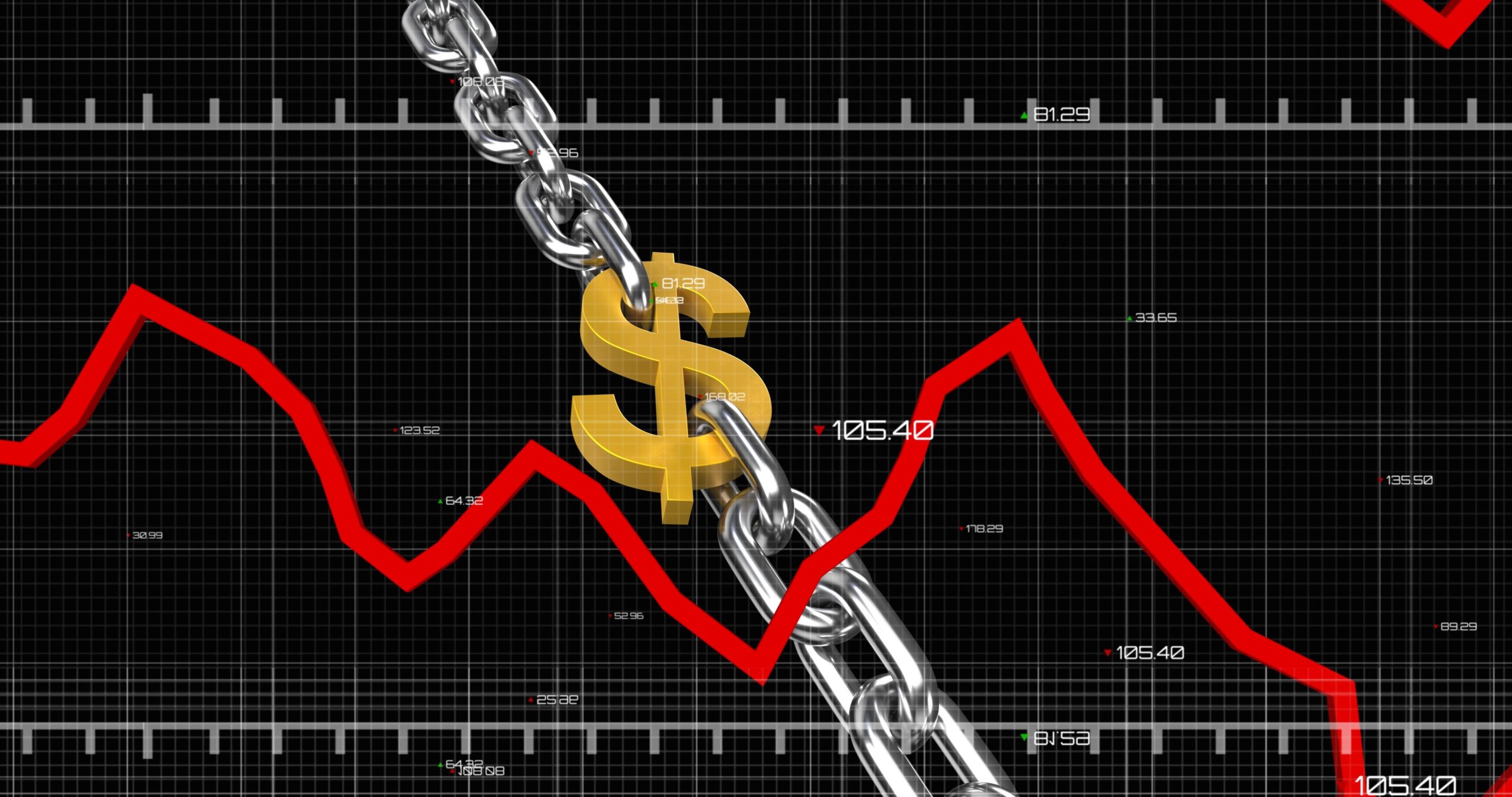As the banking industry continues to evolve, regional banks in the United States are facing tough decisions when it comes to managing their cash reserves. With interest rates at historic lows and economic uncertainty on the rise, many banks are opting to decrease their cash holdings as a way to boost profitability and remain competitive. But is this move really wise? To shed some light on this complex issue, we’ve gathered insights from a panel of experts who will weigh in on whether decreasing cash reserves is a smart strategy for US regional banks. So sit back, grab your coffee, and join us as we explore this timely topic!
What is the current state of US regional banks?
In recent years, US regional banks have been under pressure to increase their cash reserves in order to meet rising regulatory requirements. However, this has put a strain on these banks’ balance sheets and profitability. As a result, many regional banks have been looking for ways to reduce their cash reserves.
One way that regional banks have been able to do this is by using “sweep accounts.” Sweep accounts are special purpose accounts that allow banks to sweep excess funds into higher-yielding investments, such as money market mutual funds or certificates of deposit. This allows regional banks to earn a higher return on their cash while still meeting their regulatory requirements.
Another way that regional banks have been reducing their cash reserves is by selling non-performing loans. Non-performing loans are loans that are not being paid back by the borrowers. By selling these loans, regional banks can free up capital which can be used to improve the bank’s financial position.
The current state of US regional banks is one of increased pressure from regulators, strained balance sheets, and reduced profitability. However, many regional banks are finding ways to adapt and overcome these challenges.
Why are some experts concerned about the decrease in cash reserves?
Some experts are concerned about the decrease in cash reserves because it may signal that the banks are not as prepared for a potential economic downturn as they were in the past. Additionally, it could also indicate that the banks are more willing to lend money to borrowers with less-than-stellar credit scores, which could lead to more defaults and foreclosures if the economy weakens.
What are the benefits of having less cash on hand?
There are a few key benefits of having less cash on hand for regional banks in the United States. First, it allows banks to redeploy that capital into higher yielding assets such as loans. Second, it can help boost earnings as interest income from loans typically outpaces the interest paid on deposits. Finally, it could help regional banks better compete with their larger counterparts who have been able to take advantage of economies of scale to drive down the cost of funding.
So there are potential benefits to be had by regional banks reducing their cash balances, but it’s important to note that this is not without risk. In particular, if loan growth slows or defaults rise, then having less cash on hand could put these banks in a difficult position. As such, it’s important for regional banks to carefully consider the trade-offs before making any decisions with regards to their cash balances.
Are there any risks associated with this decision?
As with any business decision, there are always risks associated with decreasing cash reserves. In the case of regional banks in the United States, some of the risks include:
-Loss of customer confidence: If customers become aware that their bank is holding less cash in reserve, they may lose confidence in the institution and choose to take their business elsewhere.
-Increased exposure to financial shocks: By holding less cash in reserve, regional banks will be more exposed to shocks in the financial system. This could lead to increased borrowing costs and difficulty accessing funding.
– Reduced ability to meet unexpected demands: If customers make unexpectedly large withdrawals or there is an increase in loan defaults, regional banks may struggle to meet these demands if they have reduced their cash reserves.
These are just some of the risks associated with decreasing cash reserves for regional banks in the United States. While there may be potential benefits to this decision, it is important for banks to carefully weigh all of the risks before making any changes to their reserve requirements.
What do other experts say about this issue?
When it comes to the recent decrease in cash reserves held by US regional banks, experts are divided. Some believe that it is a wise move, given the current state of the economy and the low interest rates. Others believe that it is too risky and could lead to problems down the road.
Here is what some experts have to say about the issue:
“I think it’s a smart move,” said John Cochrane, a senior fellow at Stanford University’s Hoover Institution. “The whole point of having excess reserves is to deal with unexpected shocks. We’re not in an environment anymore where we’re facing those kinds of shocks.”
“I’m not sure I would do it,” said David Reifschneider, a research advisor at the Federal Reserve Bank of San Francisco. “You’re giving up some insurance against bad things happening.”
“It may turn out to be fine,” said Mark Zandi, chief economist at Moody’s Analytics. “But if something bad happens and they need the reserves, they’ll be sorry they don’t have them.”
Conclusion
All in all, the decision for US regional banks to decrease cash reserves is a debatable one. On one hand, reducing their reserve buffers could reduce costs and increase profits for these entities but there are also risks involved if economic conditions worsen. Ultimately, this is a matter of risk-reward analysis that should be carefully evaluated by each bank’s executive team with the help of trusted advisors before they move forward.










